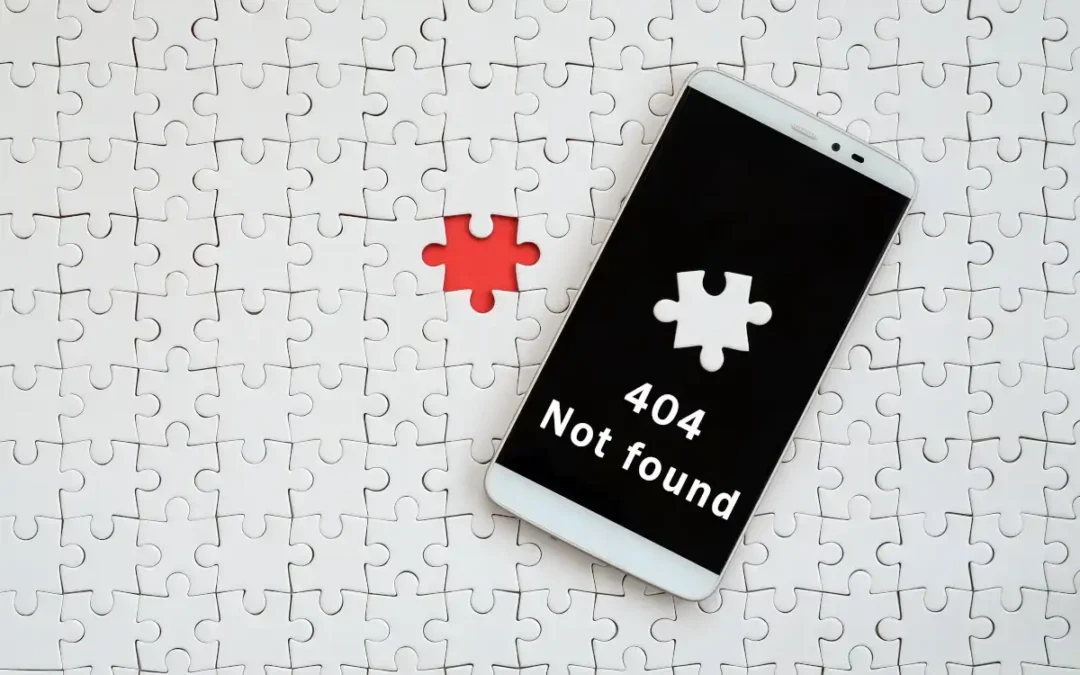As a website owner or content creator, maintaining the integrity of your site is very important. One of the most common yet overlooked issues that can undermine your website’s performance is broken links. Whether they lead to 404 errors or redirect to irrelevant pages, broken links can lead to a frustrating user experience, diminish your credibility, and negatively impact your SEO. Fortunately, fixing broken links is not a daunting task. In this post, we’ll guide you through simple yet effective steps to identify and repair broken links on your website.
Why Fixing Broken Links Is Crucial
Before we dive into the solutions, it’s important to understand why fixing broken links should be high on your priority list. Here are several reasons:
- User Experience: Visitors expect seamless navigation. Broken links disrupt this, leading to poor user experiences.
- SEO Performance: Search engines penalize websites with a significant number of broken links, affecting your search rankings.
- Crawl Efficiency: Bots from search engines spend time crawling your site. If they encounter many broken links, it can hamper the indexing of your site.
- Brand Credibility: A site with numerous broken links appears unprofessional, damaging your brand’s trustworthiness.
Identifying Broken Links
Before you can fix broken links, you need to identify them. Here are a few straightforward methods to do so:
1. Use Online Tools
There are several online tools designed to scan your website for broken links:
- Google Search Console: This free tool allows you to monitor and maintain your site’s presence in Google Search results, including identifying broken links.
- Ahrefs: A powerful SEO tool that provides detailed reports on broken links, both internal and external.
- Broken Link Checker: A simple online tool that scans your website and provides real-time reports on any links that are broken.
2. Link checking software
While online tools can find a lot of broken links, we find that using software to check links is the best solution.
The software we have used for years, Xenu Link Sleuth. The software itself is a little dated at the moment, but it still does a fantastic job.
3. Manual Checking
While using online tools is efficient, manual checking can also be effective, especially for smaller websites. To do this:
- Go through your site page by page.
- Click on every link to ensure they lead to the intended destination.
Fixing Broken Links
Once you have identified the broken links on your website, it’s time to fix them. Here are several strategies:
1. Remove the Link
If a link leads to a page that no longer exists and there is no relevant alternative, consider simply removing the link from your site. This can help clean up your content and improve the user experience.
2. Update the Link
If the target page has been moved or the URL has changed, update the link to the correct location. Always ensure the new link is functional.
3. Redirect Links
In cases where a page has moved but you want to maintain the user experience, you can set up a 301 redirect. This will redirect users from the broken link to the new, relevant page.
4. Replace with Relevant Content
If the broken link cannot be updated or redirected, consider replacing it with a link to another relevant piece of content. This helps maintain the flow of information on your site.
Regular Maintenance to Keep Links Healthy
Once you’ve fixed your broken links, it’s important to maintain the health of your website continually. Here are some tips for regular maintenance:
- Schedule Regular Audits: Regularly check for broken links at least once every few months.
- Update Content Frequently: Keep your content fresh and relevant, which helps ensure your links remain functional.
- Monitor Incoming Links: Use tools like Ahrefs to keep an eye on backlinks to your site; if they go broken, decide how to address them.
The Benefits of Keeping Your Links Healthy
Repairing broken links is not just about fixating on the negatives; it presents numerous opportunities for enhancing your website:
- Improved SEO: A website free of broken links is favored by search engines, potentially improving your rankings.
- Enhanced User Engagement: A smooth user experience encourages visitors to spend more time on your site, exploring other sections and content.
- Increased Credibility: A professional, functional website boosts user confidence in your brand.
Maintaining your website’s integrity by fixing broken links is a straightforward yet vital component of effective web management. By taking the time to identify, repair, and regularly audit your links, you not only enhance user experience and credibility but also bolster your SEO efforts. Apply these simple steps, and watch your website thrive in a competitive online landscape.
Don’t let broken links undermine your hard work. Run a link audit on your site today and bring it back to its full potential!


